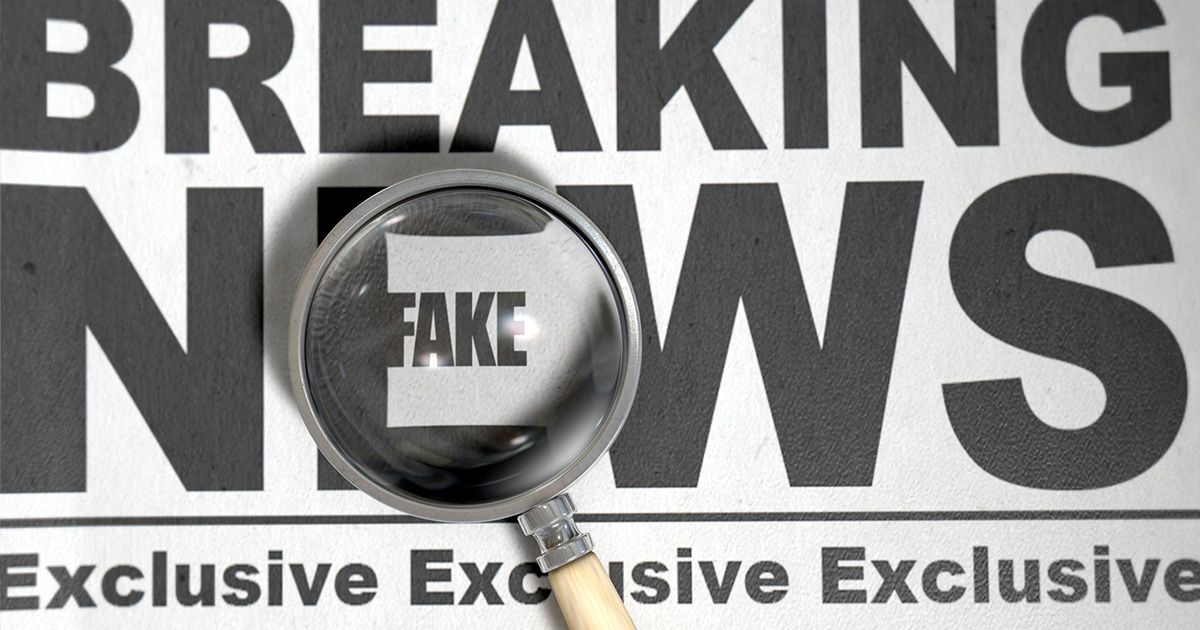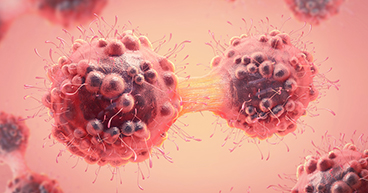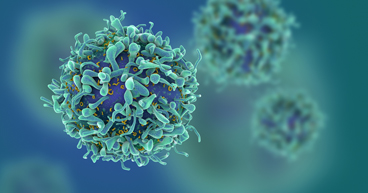
In today’s busy news environment—with its 24-hour story cycles, social media platforms and flood of information—phony medical news spreads like a flu virus. Even serious topics like cancer, heart disease and drug addiction aren’t immune to becoming fodder for fake news, with misinformation masquerading as facts. If you search for the term “cancer treatment” on Google, you’ll get millions of pages of articles and websites on the topic. A YouTube search reveals a plethora of videos purporting to share information on a “cancer cure.”
“I am very concerned about the harm fake news may do to patients as well as to society as a whole,” says Dr. Maurie Markman, President of Medicine and Science at Cancer Treatment Centers of America® (CTCA). “I also think the credibility of the medical establishment, and the scientific establishment, is hurt when people ultimately believe they can't trust what they read.”
A flood of fake stories
Fake medical stories are all over the Internet. They contain inaccurate and misleading information. Bogus information packaged to look like real news is such a concern that the U.S. Food and Drug Administration recently published a list of 187 phony cancer “cures” that consumers should avoid. Products ranged from herbal extracts and teas to pills and so-called cancer-fighting creams. Fabricated medical news isn’t limited to the Internet—fringe publications disguised as medical journals and filled with “news” on phony breakthroughs and sham studies are popular, too.
“Today there are hundreds of online journals, and they're all fancy, and you don't know if you can trust them or not,” says Dr. Markman. “I don’t think anyone should trust information because it is written in a particular medical journal or because the United States government says it's so. We need to be skeptical—we need to ask questions. We should all ask questions.”
The popularity of fake news probably would not exist if people didn’t believe it and share it. Learning how to spot fake medical news requires a healthy dose of critical thinking. The American Council on Science and Health says there’s no easy way to distinguish fact from fiction, but the agency lists some red flags to look out for:
- The article is based on research from a journal that is practically unknown.
- The author makes far-reaching conclusions from a single study.
- The article makes huge, unsupported leaps when describing a particular study’s conclusions.
- The article is from any number of environmentalist, health activist or food fad websites.
- The article sounds like a press release.
- The article does not attempt to explain a study’s methodology or use technical terminology that would require a level of analysis and understanding.
Social media changes
Several organizations are trying to stop, or at least slow, the avalanche of false information. Facebook, for example, has put limits and qualifications on what users can share on the social media platform. Facebook users will now be alerted when independent fact checkers deem a news story inaccurate or false. These groups will verify news stories using a uniform set of ethical guidelines. If a story is flagged as containing misinformation, it will be labeled as “disputed” when it appears in newsfeeds, along with a link to stories explaining why the news may be fake.
The American Society of Clinical Oncology has published a list of cancer myths and facts to debunk them, offering readers a tool that may help fact check questionable cancer-related stories. “The bottom line is fake news has real consequences,” says Dr. Markman. “Particularly in the cancer arena, where people are always looking for hope, looking for promising ideas, they are potenti ally vulnerable.”



